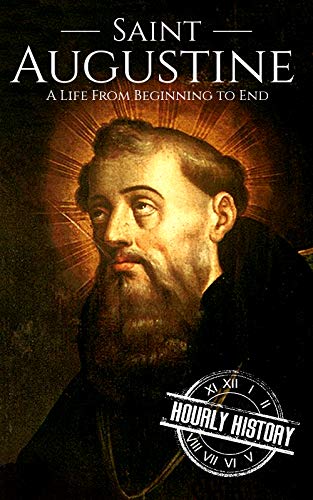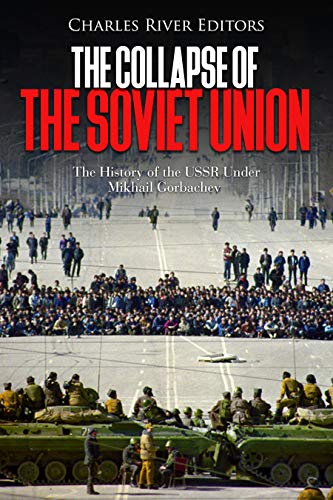The Collapse of the Soviet Union: The History of the USSR Under Mikhail Gorbachev
*Includes pictures*Includes a bibliography for further reading*Includes a table of contents The Cold War moved into one of its most dangerous phases after Brezhnev’s death as both sides deployed nuclear weapons within alarming proximity in Europe. A NATO exercise, “Operation Able Archer,” almost led to a Soviet miscalculation, and when the Soviets shot down a
*Includes pictures
*Includes a bibliography for further reading
*Includes a table of contents
The Cold War moved into one of its most dangerous phases after Brezhnev’s death as both sides deployed nuclear weapons within alarming proximity in Europe. A NATO exercise, “Operation Able Archer,” almost led to a Soviet miscalculation, and when the Soviets shot down a South Korean airliner in September 1983, claiming it had strayed into Soviet airspace, the Cold War became very tense indeed.
After going through three elderly leaders in three years, Mikhail Gorbachev was chosen as the new General Secretary at the relatively youg age of 54 in March 1985. Gorbachev hoped to build the Soviet economy to relieve the persistent shortages of consumer goods it faced, which were caused by enormous military spending of the Soviet Union. Gorbachev tried to introduce some economic reforms, but they were blocked by communist hardliners. Gorbachev then came to the belief that the Soviet economy could not improved without political reform as well.
Limited political reforms, such as broadcasting uncensored debates in which politicians openly questioned government policy, backfired when they energized eastern European opposition movements which began to overthrow their communist governments in 1989. Gorbachev was unwilling to reoccupy these eastern European nations and use the Soviet army to put down these revolts.
Inspired by the revolts in Eastern Europe, the small Soviet Baltic republics, which had long chafed under Russian rule, also began to clamor for independence from the Soviet Union. In 1990, Gorbachev allowed non-Communist party politicians to run for office throughout the Soviet Union, and the Communist Party lost to independence candidates in six Soviet republics, including the three Baltic republics. The Baltic republics then declared independence from the Soviet Union.
In comparison with other Soviet leaders, Gorbachev was leader of the USSR for a relatively short period, but the changes that took place under his leadership were monumental, including some that were intended and others that were unforeseen. Gorbachev oversaw the end of the Cold War and the peaceful transition away from communism in Central and Eastern Europe, and he ended the war in Afghanistan and many other proxy conflicts in the developing world. Gorbachev improved relations with the West and developed enough trust with President Ronald Reagan and President George H.W. Bush to decommission thousands of nuclear weapons. He also liberalized the political environment within the Soviet Union itself, increased accountability, and brought in a certain degree of democracy.
Gorbachev was awarded the Nobel Peace Prize for these efforts in 1990, but his regime also left a legacy of turbulence and destruction in its wake. As a result of his policies, many Soviet people rose up against the status quo, demanding national self-determination and reviving old grievances. Gorbachev could not prevent the USSR from disbanding at the end of 1991, leaving much of the country’s economy in ruins and nationalist and ethnic conflicts that are still unresolved today. Gorbachev was more popular abroad than he was at home, and in many respects, historians are still debating the costs and benefits of the last Soviet General Secretary’s approach.
The Collapse of the Soviet Union: The History of the USSR Under Mikhail Gorbachev examines the final years of their empire, and how it all came crashing down in a relatively short period of time. Along with pictures of important people and places, you will learn about the collapse of the Soviet Union like never before.
Bestsellers 2021
Auto Amazon Links: No products found.







Comments
Comments are disabled for this post.